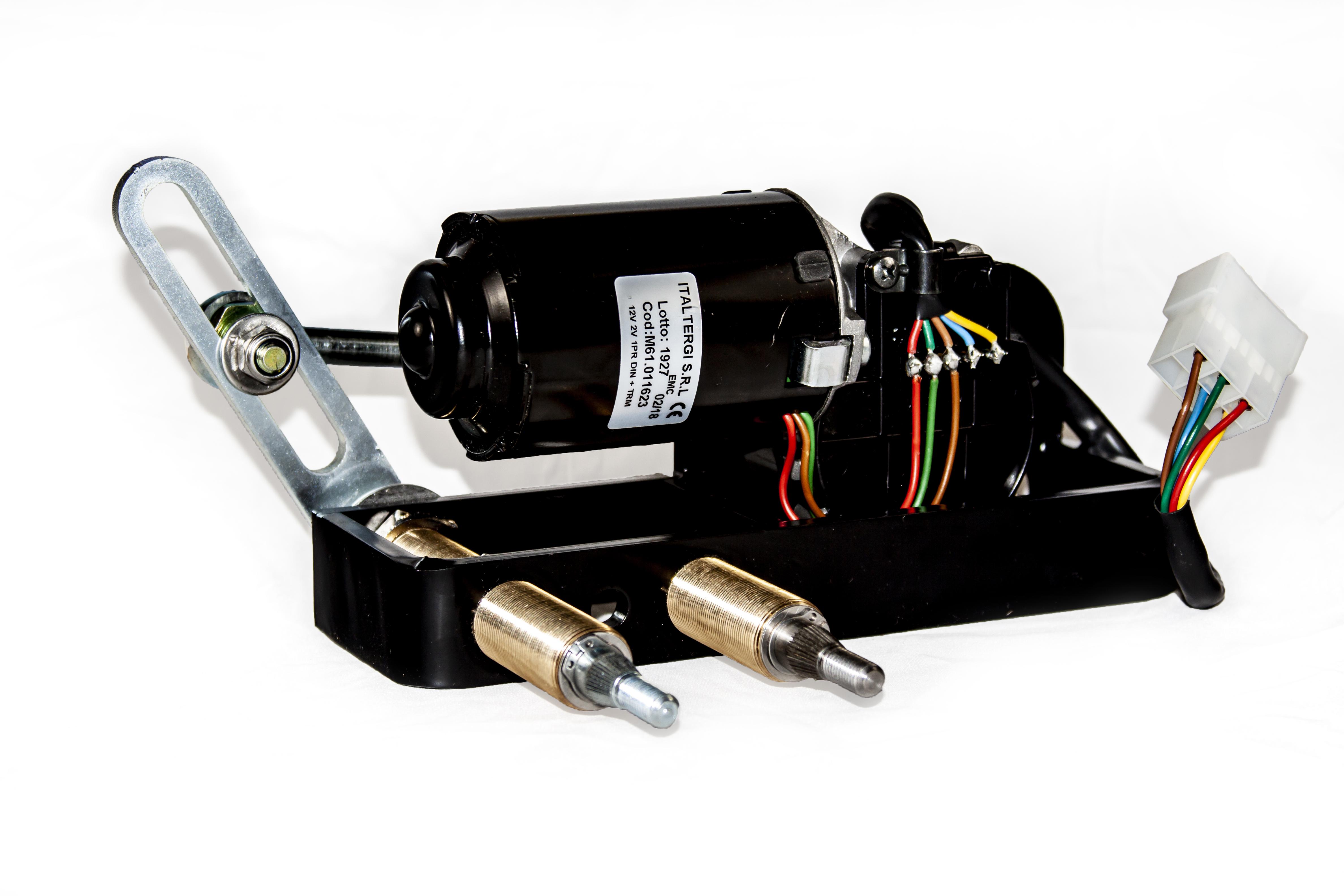Driving Automation: The Power and Precision of Motors in Industrial Systems

Category: Motor
In industrial automation, motion is everything. Behind every conveyor belt, robotic arm, and automated gate lies a crucial component that converts electrical energy into mechanical force — the motor. From powering massive assembly lines to enabling precise robotic movements, motors are the heartbeat of modern automation, driving efficiency, precision, and reliability across industries.
What Is a Motor?
A motor is an electromechanical device that converts electrical energy into mechanical energy. In simple terms, it takes electricity and turns it into motion — powering everything from small fans to heavy industrial machinery.
In automation, motors are designed to deliver accurate, repeatable, and efficient motion control, making them indispensable in applications where precision and speed define success.
Common types include AC motors, DC motors, servo motors, and stepper motors — each engineered for specific performance needs in automated systems.
How Motors Work
At their core, motors operate on the principle of electromagnetic induction. When electric current passes through a coil placed in a magnetic field, it generates a force (torque) that causes rotation.
Automation systems typically use controllers or PLCs (Programmable Logic Controllers) to manage motor operations. These controllers regulate speed, direction, torque, and acceleration — ensuring machines perform tasks with precision.
For example:
- Increasing voltage or frequency speeds up the motor.
- Reversing current changes rotational direction.
- Pulse signals in stepper motors allow exact positioning control.
This seamless conversion of signals into motion allows industries to achieve high accuracy, responsiveness, and repeatability.
Types of Motors in Automation
Different automation tasks require different kinds of motors. The main categories include:
- AC Motors – Reliable, cost-effective, and widely used in conveyors, pumps, and fans.
- DC Motors – Provide variable speed control and smooth torque, ideal for robotics and portable systems.
- Servo Motors – Offer precise position and speed control, commonly used in CNC machines and robotics.
- Stepper Motors – Move in defined steps, enabling high-accuracy control for pick-and-place or positioning systems.
- Brushless Motors (BLDC) – Provide high efficiency, long life, and quiet operation — perfect for continuous-duty automation.
Why Motors Matter in Industrial Automation
Motors form the core of motion control — and their impact goes far beyond simple rotation. Their benefits include:
- ⚙️ Precision & Repeatability: Maintain consistent motion for exact positioning and timing.
- ⚡ Energy Efficiency: Modern motor drives reduce energy waste and optimize performance.
- 🧠 Smart Integration: Easily integrated with sensors, PLCs, and drives for intelligent control.
- 🧱 Reliability: Designed to perform in harsh industrial environments with minimal maintenance.
- 🦾 Versatility: Suitable for everything from micro robotics to large-scale manufacturing plants.
Common Applications of Motors
Motors are present in nearly every automated system imaginable. Key applications include:
- Conveyor and Material Handling Systems – For transporting goods smoothly and efficiently.
- Robotic Arms and Pick-and-Place Systems – For accurate and repeatable movements.
- CNC Machines and Tools – For precision machining and positioning.
- Packaging and Sorting Lines – To ensure continuous and synchronized operation.
- Pumps and Compressors – For fluid control in process automation.
- HVAC and Fans – To regulate airflow and temperature automatically.
The Future of Motor Technology
As industries move toward Industry 4.0, motors are evolving to become smarter, faster, and more energy-efficient. Emerging trends include:
- Smart Motors with IoT Connectivity – For remote monitoring and predictive maintenance.
- AI-Driven Control Systems – That learn and optimize performance automatically.
- Regenerative Drives – To recover and reuse energy for sustainable operation.
- Compact High-Torque Designs – Delivering more power in smaller footprints.
- Wireless and Networked Control – Allowing flexible, decentralized automation setups.
Closing Note
Motors may appear as simple rotating machines, but in reality, they power the very soul of industrial automation. From delicate robotic motions to massive conveyor systems, they deliver the strength, precision, and reliability that keep industries in motion.
In the era of smart manufacturing, motors are not just components — they are the driving force of progress.
📞 Call us: +1 (234) 288 1755
📧 Email: [email protected]
- Art
- Causes
- Crafts
- Dance
- Drinks
- Film
- Fitness
- Food
- Jogos
- Gardening
- Health
- Início
- Literature
- Music
- Networking
- Outro
- Party
- Religion
- Shopping
- Sports
- Theater
- Wellness



